Volcanic Lightning
As sparks flew during the eruption of Mount St. Augustine in Alaska, scientists made some new discoveries
/https://tf-cmsv2-smithsonianmag-media.s3.amazonaws.com/filer/augustine-cloud.jpg)
When Mount St. Augustine in Alaska erupted in mid-January 2006 for the first time in 20 years, researchers at the Alaska Volcano Observatory knew they had a rare opportunity on their hands. The eruption had created lightning, a natural phenomena that, for logistical reasons, has remained poorly understood by scientists for decades. "You have to be in the right place at the right time with the right equipment," says atmospheric physicist Ronald Thomas of New Mexico Tech.
Thomas' group had the right equipment—portable lightning detectors. But the right place was thousands of miles northwest, and the right time was running out. When a first-wave of eruptions stopped on January 13, members of the observatory talked with the New Mexico researchers, weighing the pros and cons of transporting the equipment to Augustine. "There was no assurance it would erupt again," says Stephen McNutt, a seismologist at the observatory.
Eventually, Thomas and his colleagues set off for Homer, Alaska, some 60 miles from the volcano. The decision came none too soon. On January 27, a day after Thomas' crew had set up two lightning detectors, Augustine erupted again.
As a result, the researchers captured some of the best observations of volcanic lightning ever, and this new data has already produced some surprising discoveries, they report in the Feb. 23 Science.
The scientists now believe that volcanoes can produce two kinds of lightning during an eruption. The first type, which has been understood for some time, occurs in the volcano's smoke plume a few minutes after the eruption ends. In this case, highly energized hot air and gases clash with the cool atmosphere, creating the sort of "organized," branched lightning found in a thunderstorm, says Thomas.
The second kind of lightning, which the authors called "a newly identified explosive phase," came as a surprise, says Thomas. As magma, ash and rocks spewed from Augustine carrying great electrical charge, they created continuous, chaotic sparks near the mouth of the volcano.
"There's some mechanism in there that's making it come out charged," says Thomas, who hopes the new observations will lead to a better understanding of both kinds of volcanic lightning.
Not all volcanic eruptions produce lightning, says McNutt, but the new equipment might be used to track the ones that do—particularly those in remote regions. Often used to detect forest fires, the equipment picks up radiowaves caused by lightning. Researchers can then work backward to pinpoint the time and place of the lightning.
Thomas' group came up with a portable version of this equipment about a decade ago. For some reason, though, Augustine did not erupt in 1996—the only ten-year increment it has skipped since 1976.
/https://tf-cmsv2-smithsonianmag-media.s3.amazonaws.com/accounts/headshot/eric-jaffe-240.jpg)
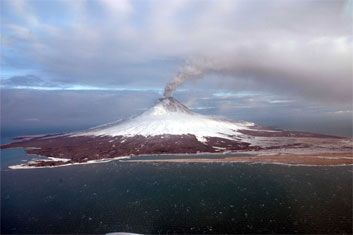
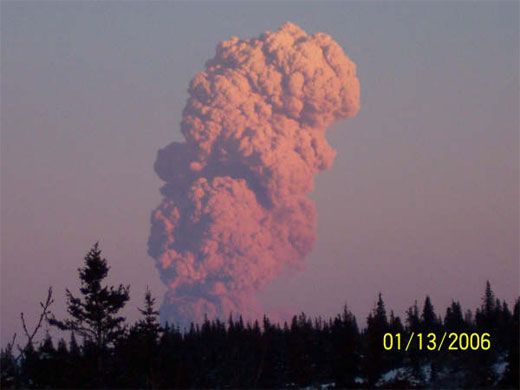
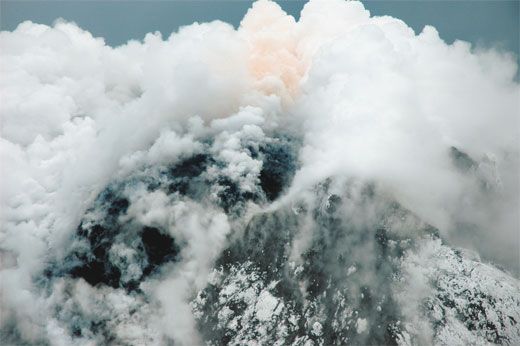
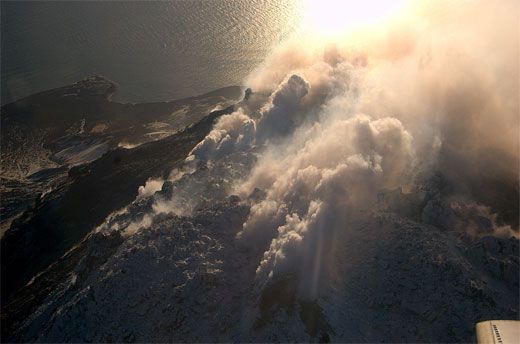
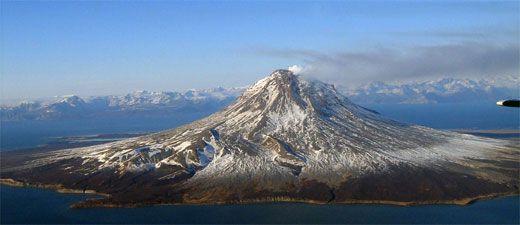
/https://tf-cmsv2-smithsonianmag-media.s3.amazonaws.com/accounts/headshot/eric-jaffe-240.jpg)